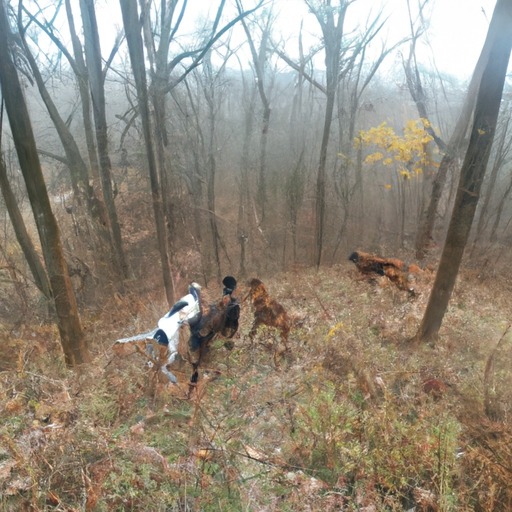As a caregiver, you go above and beyond to ensure your furry friends are safe and healthy. From their diet to their daily routines, you’re always on top of things. But have you ever wondered about the potential threats lurking in your dog’s world? Let’s delve into the details of what predators your dogs might encounter in their environment.
H2: Understanding the Circle of Life
Just as you watch over your dogs, nature has its own system of checks and balances. In the wild, dogs, like all other animals, are a part of the food chain. This means they may fall prey to certain predators. These predators can include larger dogs, wolves, coyotes, and birds of prey, amongst others. However, in a domestic setting, these threats can be largely minimized with appropriate care and vigilance.
H2: The Predators in the Wild
In the wild, dogs face a wide array of predators. Here is a concise list of some of the most common predators:
- Coyotes: Known for their cunning and adaptability, coyotes pose a significant threat to dogs, especially smaller breeds.
- Wolves: As cousins of dogs, wolves are naturally more powerful and can pose danger to dogs if they cross paths.
- Large Birds of Prey: Eagles, hawks, and owls can snatch up small dogs.
Moreover, even certain reptiles like snakes and alligators can pose a threat to dogs in specific regions.
H2: The Threats at Home
Even within the safety of your home, your dog isn’t totally immune to threats. Here are a few domestic ‘predators’ you should be aware of:
- Larger Dogs: Sometimes, larger dogs can exhibit aggressive behavior towards smaller dogs.
- Cats: While it might seem surprising, some cats can pose a threat to smaller dog breeds.
- Human Threat: Sadly, human negligence or intent can also pose a danger to dogs.
H2: A Caregiver’s Guide to Safety
As a caregiver, there are several steps you can take to protect your dog:
- Keep your dog on a leash when outside.
- Monitor your dog’s interaction with other animals.
- Never leave your dog unattended in an open area.
Here’s a simple table to help you remember these steps:
| Steps | Description |
|---|---|
| 1. Leash | Keep your dog on a leash when outside. |
| 2. Monitor | Watch your dog’s interaction with other animals. |
| 3. Supervise | Never leave your dog unattended in an open area. |
H2: Frequently Asked Questions
Q: Should I be worried about birds of prey if I have a small dog?
A: While attacks are rare, they can happen. Monitor your dog if large birds are nearby.
Q: Can cats really harm dogs?
A: In most cases, dogs and cats live harmoniously. However, some cats can become aggressive.
Q: What if my dog is attacked by a larger dog?
A: If your dog is attacked, seek veterinary care immediately. Report the incident to local animal control.
Remember, as a caregiver, your role is to ensure the safety and wellbeing of your pet. Stay informed, stay aware, and you can help your furry friend navigate the world safely.



